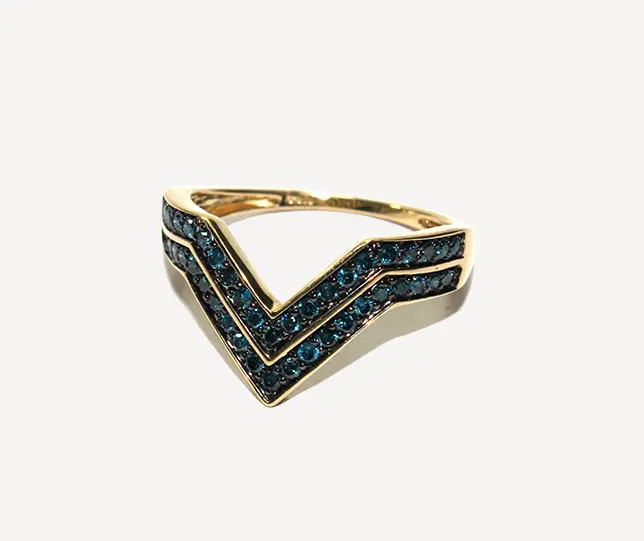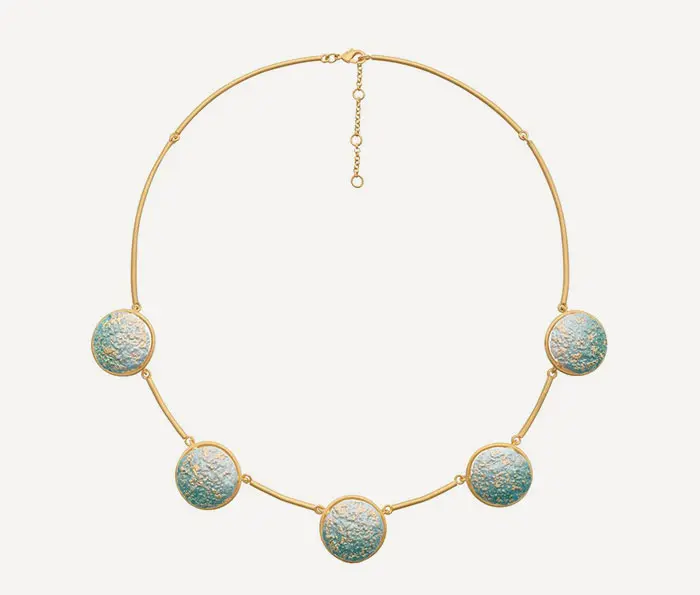Ruby:the gem of passion & elegance

ruby:the gem of passion and elegance
This one-page report provides a concise overview of the ruby gemstone, focusing on its characteristics, historical significance, mining locations, value factors, and sustainability considerations.

Characteristics of rubies
Rubies, scientifically known as corundum, are known for their rich red color. This hue is primarily due to the presence of chromium in the crystal structure. Rubies have a remarkable hardness of 9 on the Mohs scale, making them exceptionally durable and suitable for various jewelry settings. Their intense red color, often described as “pigeon blood red,” is the most sought-after.

history
.Ruby has a storied history dating back to ancient civilizations. It has been regarded as a symbol of passion, love, and power. In many cultures, rubies were believed to bring good fortune and protect the wearer from harm. In Hinduism, rubies were associated with the sun, symbolizing vitality and strength. Throughout history, rubies have adorned the crowns and jewelry of monarchs and nobility, enhancing their prestige
locations
Rubies are found in several countries, including Myanmar (formerly Burma), Thailand, Sri Lanka, Madagascar, and Mozambique. Myanmar, particularly the Mogok region, is renowned for its exceptional rubies, often displaying the finest color and clarity. Each location yields rubies with distinct characteristics, contributing to the gem’s diversity.







